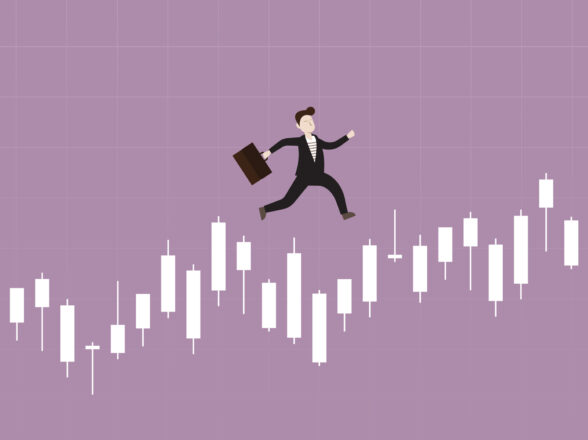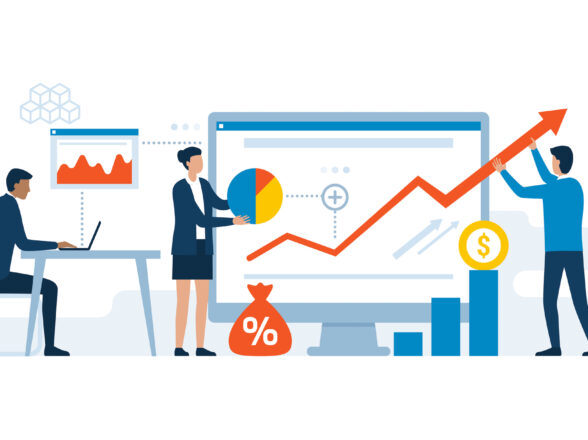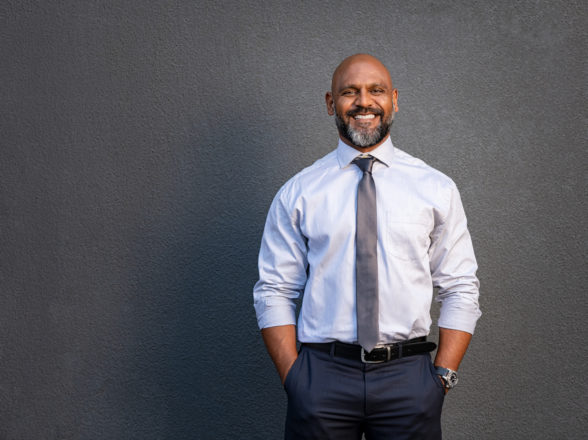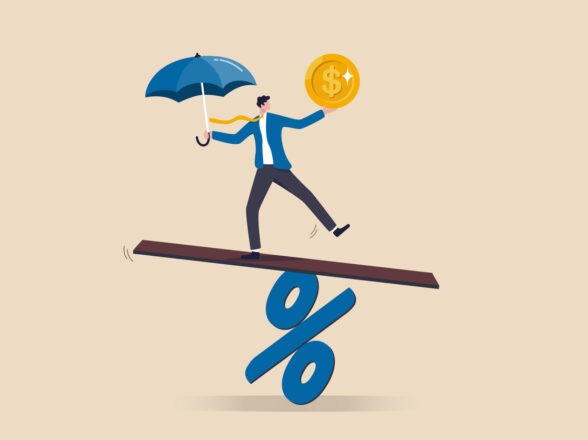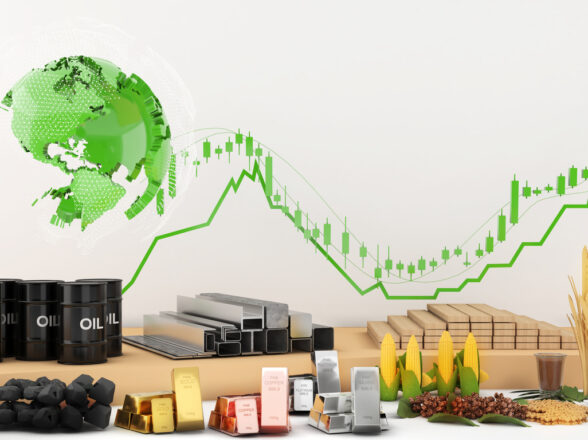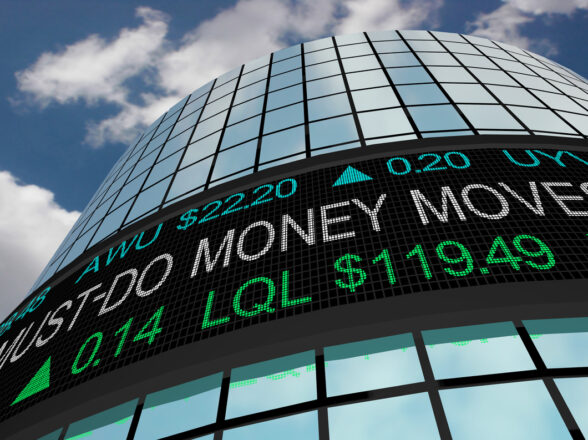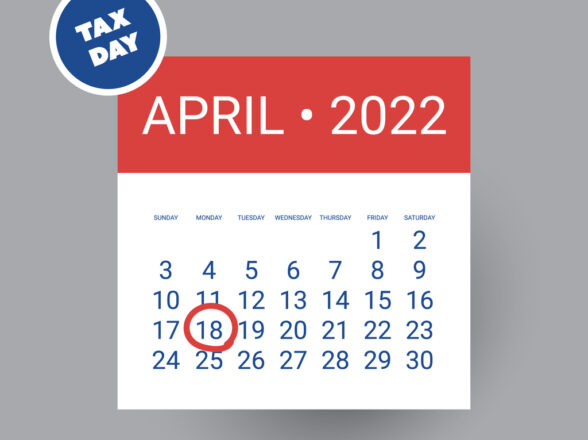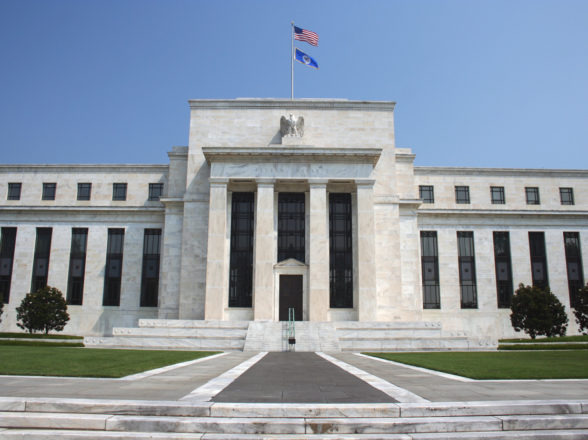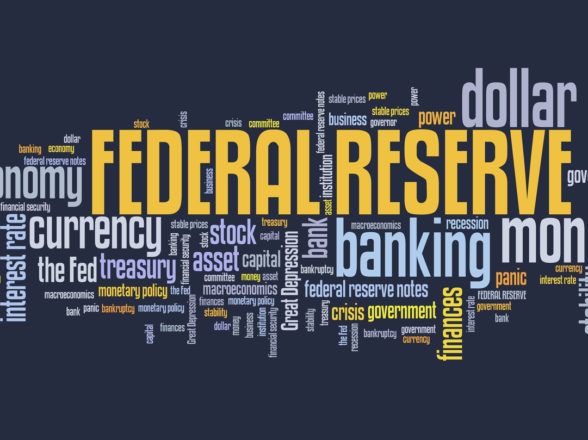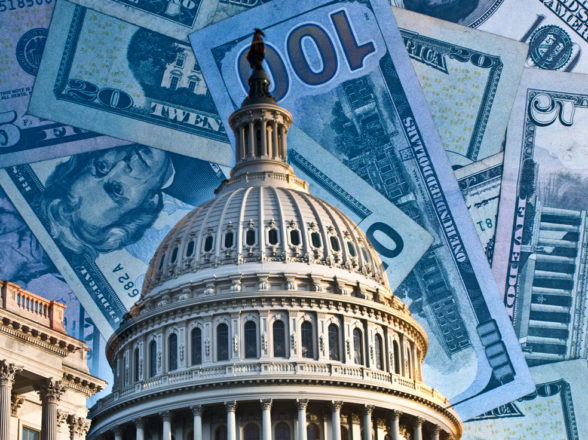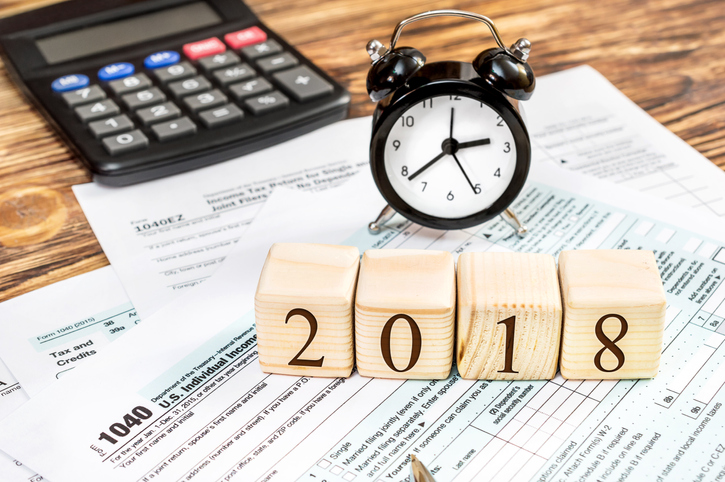Blog
4/22 – MONTHLY COMMENTARY | Say Goodbye to the Good Ol’ Days

My, how the world has changed in two short years. Goodbye Good Ol’ Days
Back when the COVID-19 Crisis was in full swing, the stock market had just witnessed one of the most dramatic sell-offs in the past 100 years; -34% in 4 weeks time. The economy was shutting down and no one knew if the virus was more like Ebola, or the common flu. We are certain it’s not as deadly as Ebola, but much more meaningful than the flu. We will let the true, objective scientists be the final judge on that question.
On the financial side of the world – our world – the future was as foggy as it has even been in modern history. No one had ever attempted to shut down the global economy and even more importantly, no one had ever considered that a realistic scenario. Yet, that’s indeed what happened – a full-stop on most everything but the essentials on a global scale. Truly unprecedented, goodbye days of relying purely on the past.
At that time, we put together our thoughts in this brief summary and also include a rather lengthy video to highlight our thinking. I have included both below for your viewing (dis)pleasure:
We hope you are doing well and staying safe in these unprecedented times! The markets gave us a little break this past week, enough for me to put together an in-depth video update on the state of the world from our perspective. This includes the healthcare, economic, personal financial planning, and portfolios.
The bottom line is, the world is about to change in meaningful ways. Cheap, easy borrowing over the past 10 years has fueled a lifestyle for many that is simply not sustainable from here on out. We are in a new era, so to speak. A lot is unfolding very quickly, hence, the markets are having a tough time absorbing everything (as are people). So it’s no wonder that a great deal of volatility exists. This video is our attempt to frame what is currently going on, how this could change things moving forward, and what we, as your advisors, are doing to protect your portfolios and look for opportunities.
In order to understand where we are headed today forward, you absolutely must understand the last major move in markets that got us here. In retrospect, we nailed a lot of the current environment to our credit, with one big caveat. We were a year or so too early. Sprinkle +/- $8 trillion dollars of money into the ecomony and you start to see why we were not correct in our assessment for 18 months. You might think, “Mark, saying you are early is merely miscategorizing the fact that you were WRONG!”
I’m sticking with early instead of wrong, for now for one good reason – the road ahead that we saw in 2020 was one filled with Inflation on the order of the 1970s, the sexy stocks would tumble, and bonds and real estate would see big reversals of fortune. The only one of these areas that has yet to crack is real estate, although that seems to be happening today given interest rates on a 30-year mortgage are now closing in on 5.50% vs a mere 2.25% one short year ago. I find it hard to believe RE will not slow down significantly when payments are up 40-50% on this spike in rates.
Today, inflation is running +8% (many don’t believe the government data and see prices up solid double-digits), the go-go sexy stock darlings of 2020-2021 are off -60-80% in some cases (or more), and bonds have had two terrible years in a row and counting.
Our take back then – and it is still very much our view today – is that the areas of the markets and economy that benefited from artificially low interest rates are likely to suffer the most when interest rates rise. For the better part of 40 years – 1982 to be exact – interest rates have indeed fallen but that trend appears in real jeopardy as we speak. The likely losers if these reversals hold could be real estate, Tech stocks, bonds, and companies that aren’t earning profits today.
Too, those parts of the markets that have lagged significantly over the past couple of decades sine Alan Greenspan tamped interest rates down like there was no tomorrow are likely winners in a higher, more normal, interest rate environment. Those could include commodities (agriculture, metals and energy) and high-dividend stocks. As many of you know, we have positioned the portfolio to take advantage of these very trends. Of particular note are the Alternative funds which invest much of their capital in the commodities space and tend to have excellent returns when the markets are in a downtrend, as we see today. If another year goes by and these dynamics are still in play, I suspect our portfolios will hold up far better than the mix that has worked for the past four decades.
Alas, all good things do indeed come to an end.
One final note, I am also excited to announce the addition of our latest team member – Amy Warneke! In her new role, Amy will work directly with Katie to bring a world-class service experience to you. Please join me in welcoming her to the Infinium family!
































